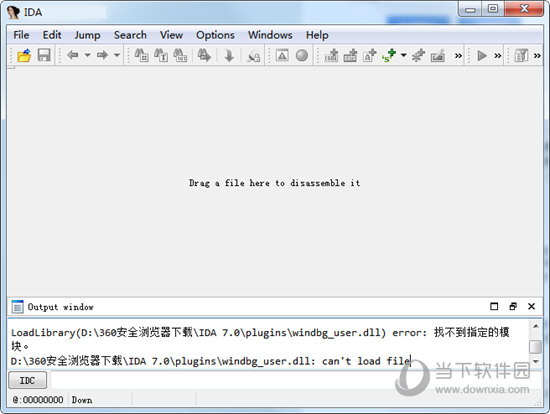


RL78 from Renesas is a 16-bit descendant of the 8-bit NEC 78k0(s) family previously supported by IDA and is used in various automotive and consumer applications.RISC-V is an open ISA which is starting to become available in various hardware such as the latest iteration of the Espressif Systems wireless platform, ESP32-C3.Our processor selection contiues to expand steadily. If you add GENERATE_EMPTY_LINES = YES to hexrays.cfg, the decompiler will add extra empty lines between compound statements and before labels, which improves readability of long functions. We have added heuristics which recover arrays in many typical situations, reducing the need for manual intervention. Left: IDA 7.5, right: 7.6.Īrrays on stack can be difficult to detect automatically since usually only their first elements are referenced explicitly. See two snippets from decompilation of the same binary. With this release the decompiler will try to automatically assign names to variables and structure fields based on assignments and function calls. Decompiler improvementsĪlthough interactivity is IDA's selling point, it still tries to do as much as possible to automate mundane tasks. Here's an example of how a stripped golang binary for ARM looks like in IDA 7.5:Īlmost twice as many functions were recovered and named. detection of golang-specific string literals.support for stack-based parameters and return values even on platfoms that usually use registers (ARM, 圆4).parsing of golang-specific metadata to recover function names and boundaries.Due to some of the language designers' decisions the golang binaries are quite different from those produced by other compilers and some changes were required in IDA to properly support its peculiarities. The Go language (aka golang) from Google is getting popular thanks to its ease of use, performance, and self-contained binaries not requiring dependencies. The native ARM build of IDA is available for free to all owners of an active Mac license (including IDA Home users). See the updated macOS debugging tutorial here. Our beta testers reported that IDA 7.6 is "incredibly stable" and "way faster" on Apple Silicon - so it seems our excitement is not misplaced.ĭebugging native arm64 processes is also supported on M1, including arm64e: Autoanalysis completes much quicker, the UI is noticeably snappier, and almost every other feature in IDA seems smoother when running on M1. It is hard to overstate just how much IDA benefits from the new speed boost. IDA for macOS is now available as a native ARM64 binary which can make full use of the M1 chip's incredible performance.


 0 kommentar(er)
0 kommentar(er)
